ASUS PQ321Q UltraHD Monitor Review: Living with a 31.5-inch 4K Desktop Display
by Chris Heinonen on July 23, 2013 9:01 AM ESTGiven the lofty price tag, there is a good chance the ASUS PQ321Q is targeting graphics and print professionals, so meeting the sRGB standards of 80 cd/m2 and its custom gamma curve will be important.
Looking at the grayscale first, sRGB is just as good as our 200 cd/m2 target is. The gamma is virtually perfect, and there is no color shift at all. The contrast ratio falls to 667:1, which I expected as the lower light output leaves less room for adjustments. Graded just on grayscale and gamma, the PQ321Q would be perfect.
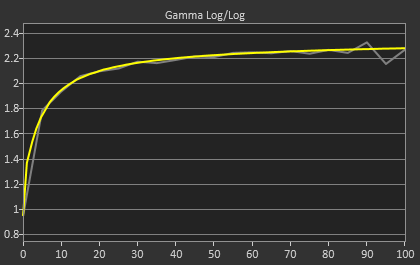
As soon as we get to the gamut, we see the same issues here as I expected to. That gamut is just a little off which gives us some noticeable dE2000 errors at 100% saturations for all colors.
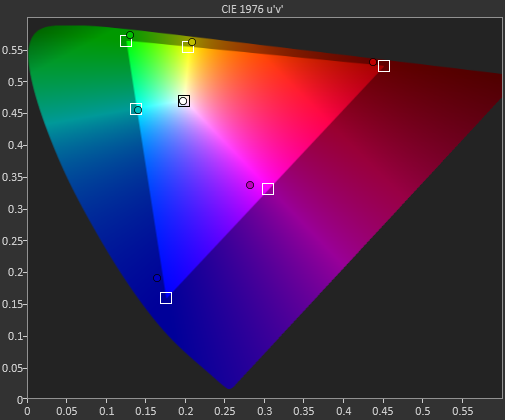
Here with the color checker charts, we see a large difference between the Gretag Macbeth results and the 96-sample results. The error rises from 1.62 to 2.05 as we are sampling more orange/yellow shades that fall outside of the gamut. Nothing really different than the last calibration, so the same issues apply.


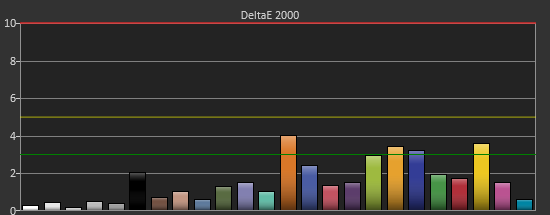
The saturations are also identical to see here. They start out with small errors but by the end, every color except for Cyan is showing a noticeable error at 100%.
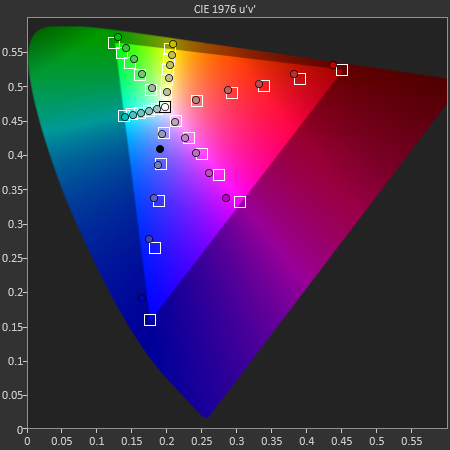
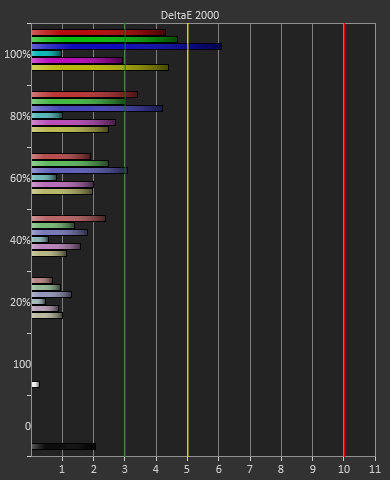
For 200 cd/m2 and a gamma of 2.2 or for 80 cd/m2 and the sRGB gamma, the ASUS PQ321Q performs almost equally. The grayscale and gamma are perfect, but the gamut has some issues. Once we start to see more displays using this same panel, but different electronics and possibly different backlights, then we can determine what is causing this shift in the gamut. With the initial target for the ASUS likely being professional designers, these errors seem a bit out-of-place.


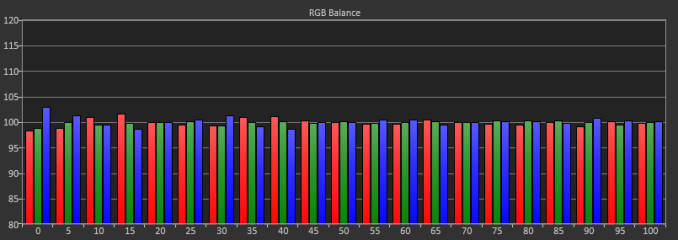
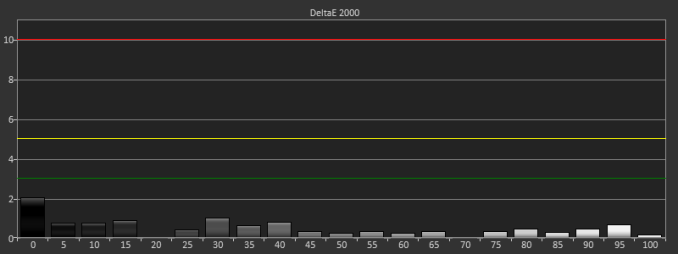











166 Comments
View All Comments
peterfares - Wednesday, July 24, 2013 - link
It's pretty easy to tell why they're getting 3200x1800 monitors. The super high DPI at that size and distance is unnecessary, but it has one HUGE advantage: You can use 200% scaling. That means things that aren't DPI-aware can run at standard DPI and then be doubled in width and height. This avoids the fuzzy effect like this article was complaining about when you use 150% on unsupported programs. With 200% scaling they'll look just like they do on a standard DPI display, not worse which is when happens when you use a decimal scaling factor.APassingMe - Tuesday, July 23, 2013 - link
I'm concerned since you mention the "low" contrast numbers. The last time I checked, any number over 100:1 was due to software enhancements and was equivalent to a higher quality contrast that racked lower due to not having much or any software enhancement meaning that the current contrast numbers thrown around are just a bunch of marketing jumble.So wouldn't it be better to just measure the contrast with a 3rd party tool? As the numbers provided from the manufacture are pretty much a product of fiction + the marketing team, just my two cents
APassingMe - Tuesday, July 23, 2013 - link
my bad, that's ranked* not rackedcheinonen - Tuesday, July 23, 2013 - link
The number on the specs page is the one that the manufacturer quotes. In the test results you can see what we actually found. Desktop LCD numbers far fall behind what is possible with plasma TVs and the best LCOS projectors, or ever rear array LCD TVs. 100:1 would be insanely low and a poor design. Desktop LCDs are capable of 1000:1, without any sort of trick.APassingMe - Tuesday, July 23, 2013 - link
I see, I could of been confusing the data with that from projectors; regardless I'm glad the test results are posted regardless as the definition of "contrast" can be a varying thing. Thanks for the swift responsefreedom4556 - Tuesday, July 23, 2013 - link
Yeah, you were definitely thinking of those "dynamic" contrast ratios that are complete BS. They are usually more in the 100,000:1 or 1,000,000: range, though. Completely unreasonable.sheh - Tuesday, July 23, 2013 - link
The official specs table lists the contrast as "800:01:00".cheinonen - Tuesday, July 23, 2013 - link
Great, I'll fix that since apparently Excel decided to change that to a time or something else. But it's fixed now.Streetwind - Tuesday, July 23, 2013 - link
31.5 inch is still too big for me. I'm not puttin anything over 24" on my desk. I've tried it, and I just can't like it.Unfortunately it seems that vendors are producing either tiny portable screens or gigantic TVs, and no real midsize desk monitors anymore. At least not outside the same old 1080p that we've been getting for the past 4 years.
cheinonen - Tuesday, July 23, 2013 - link
Well rumors are that Dell might be coming out with a 24" UHD display using a panel from LG. If that happens then I'll be happy to review that as well.